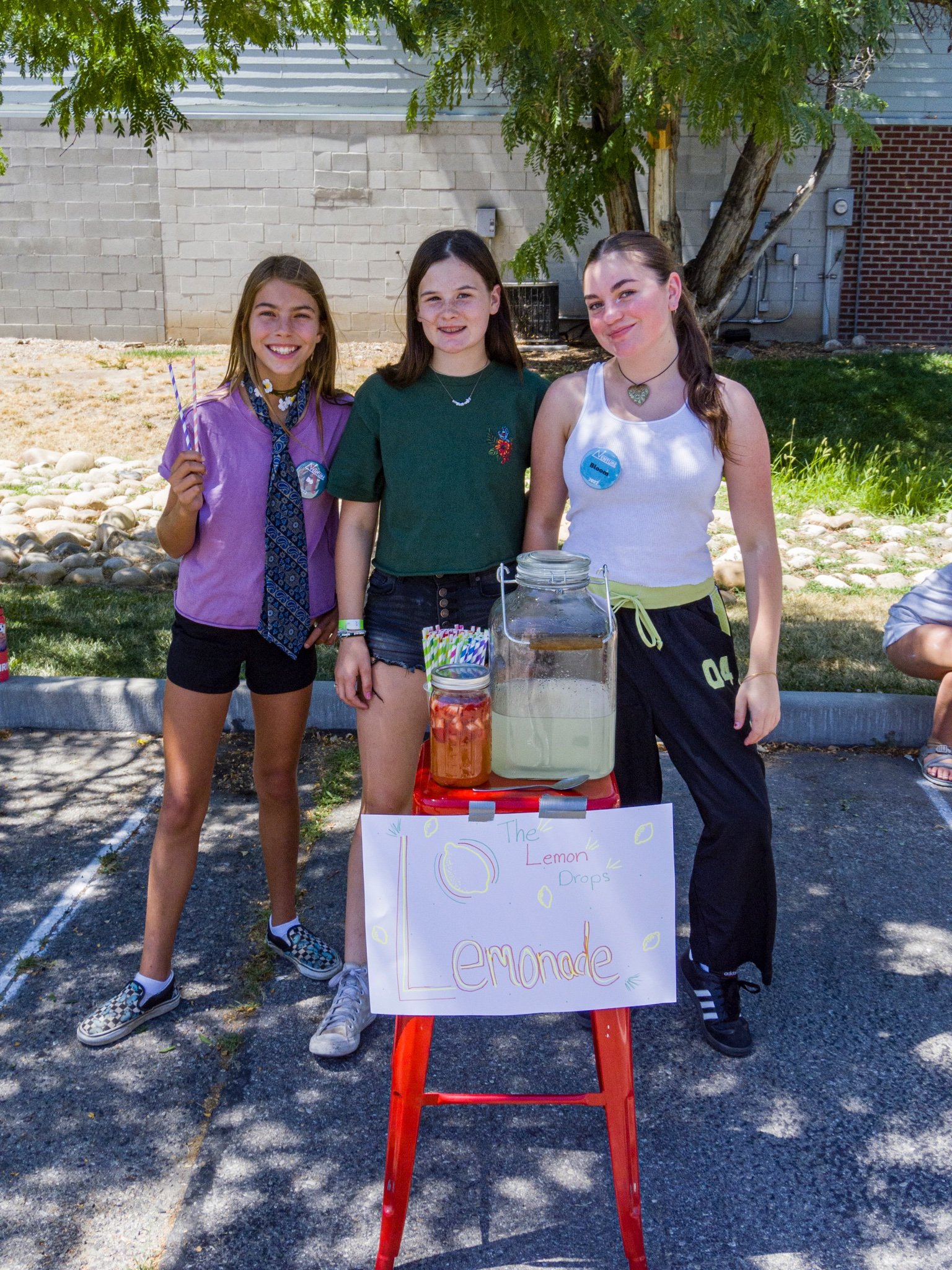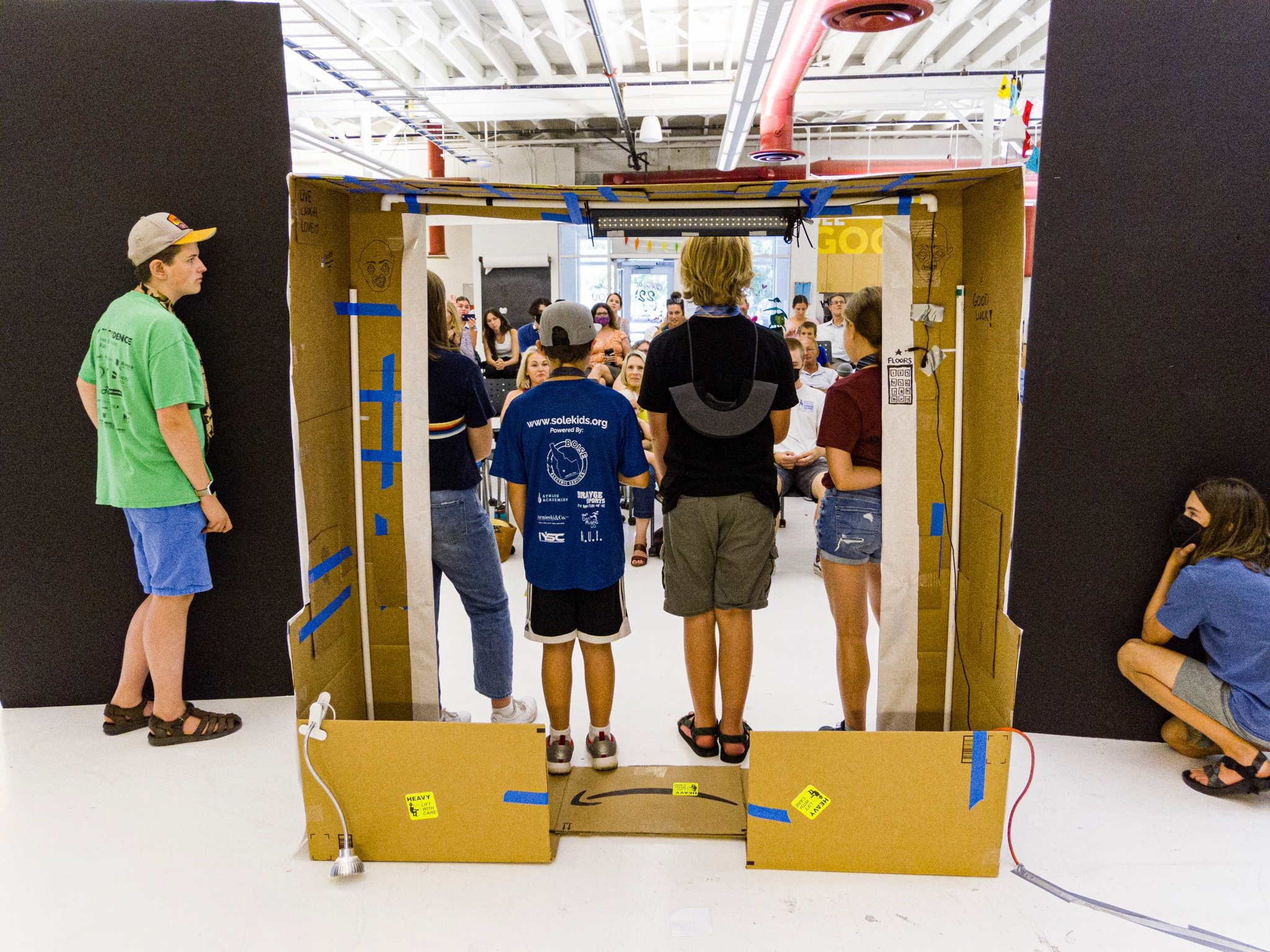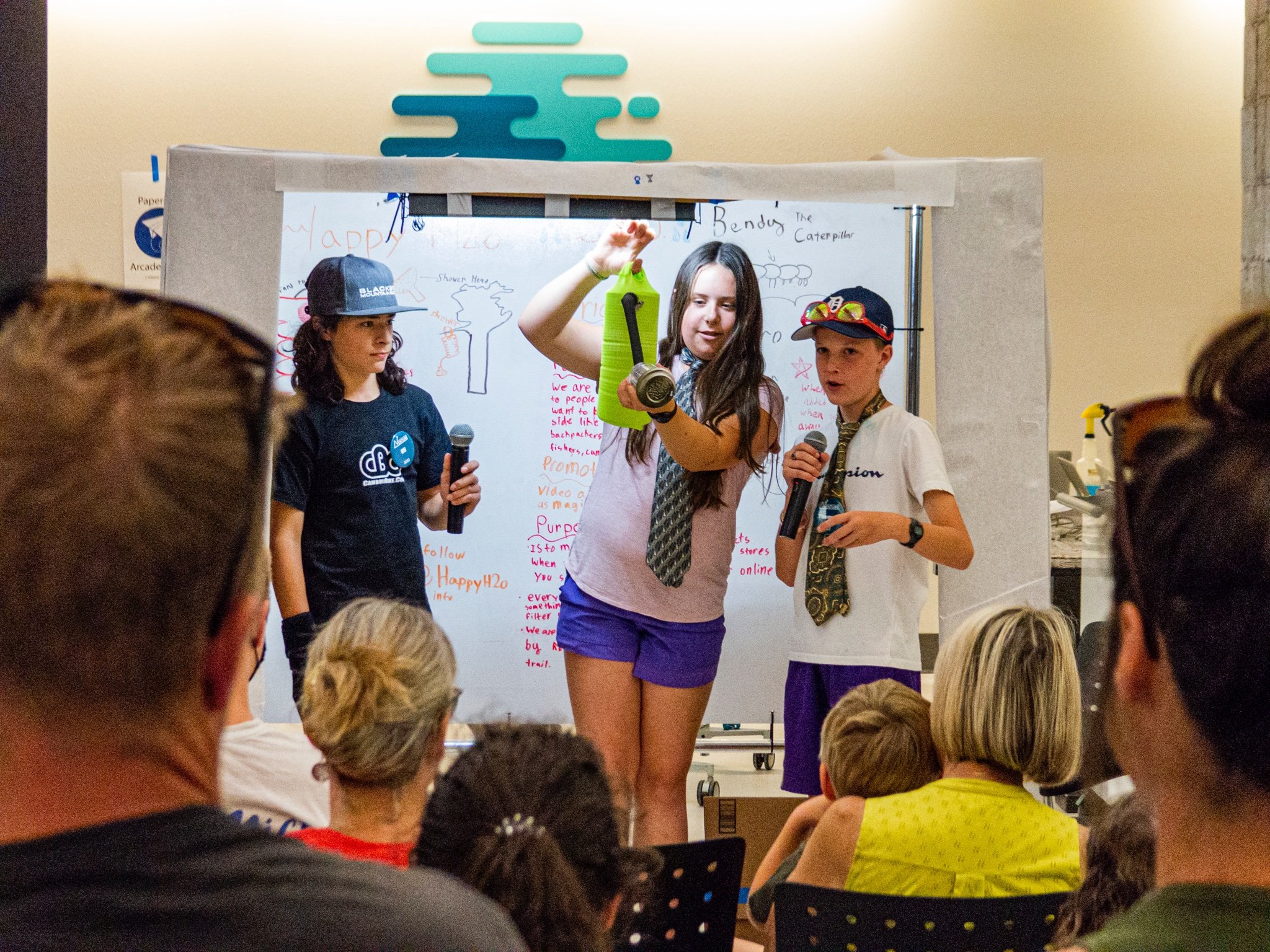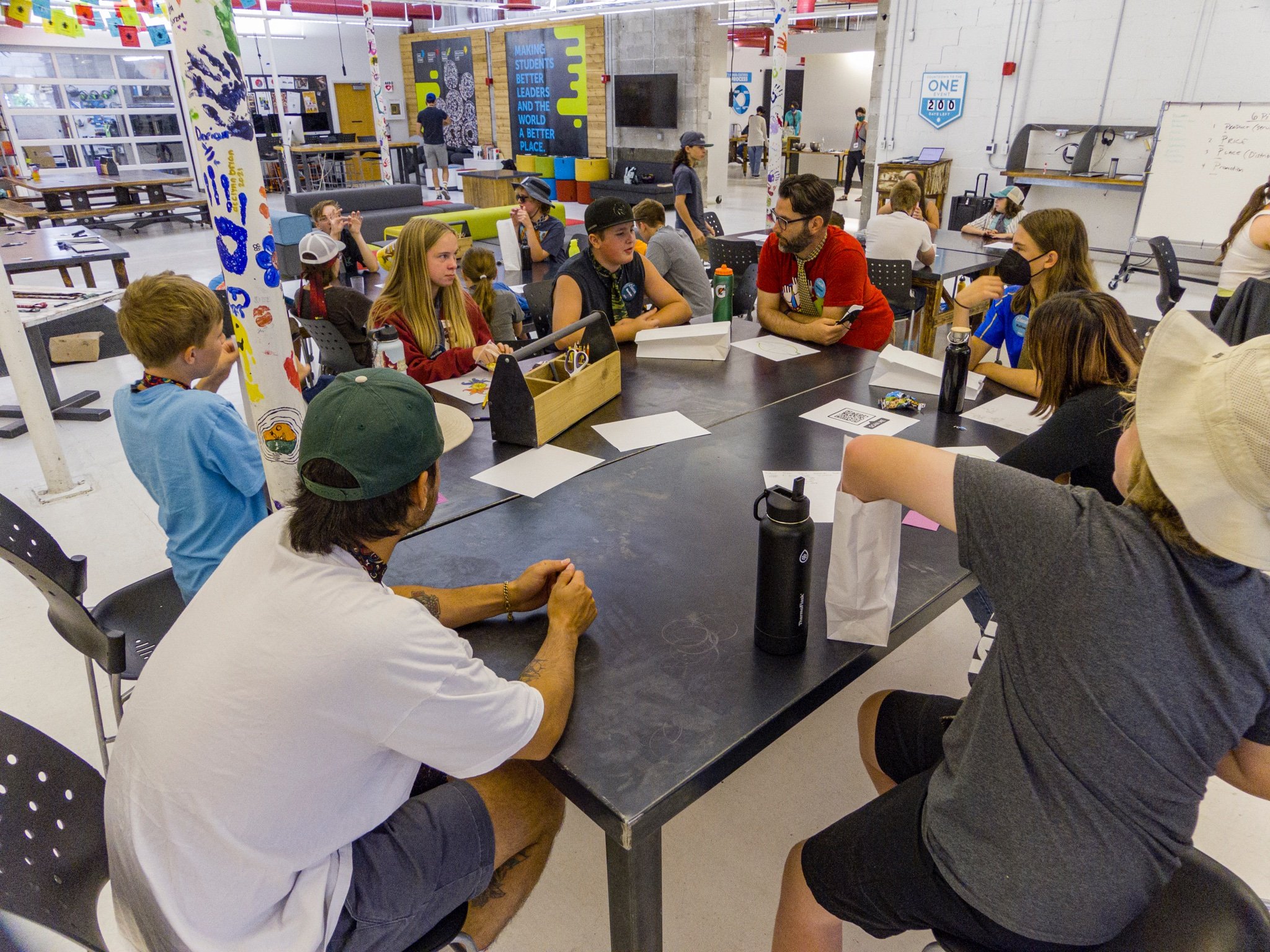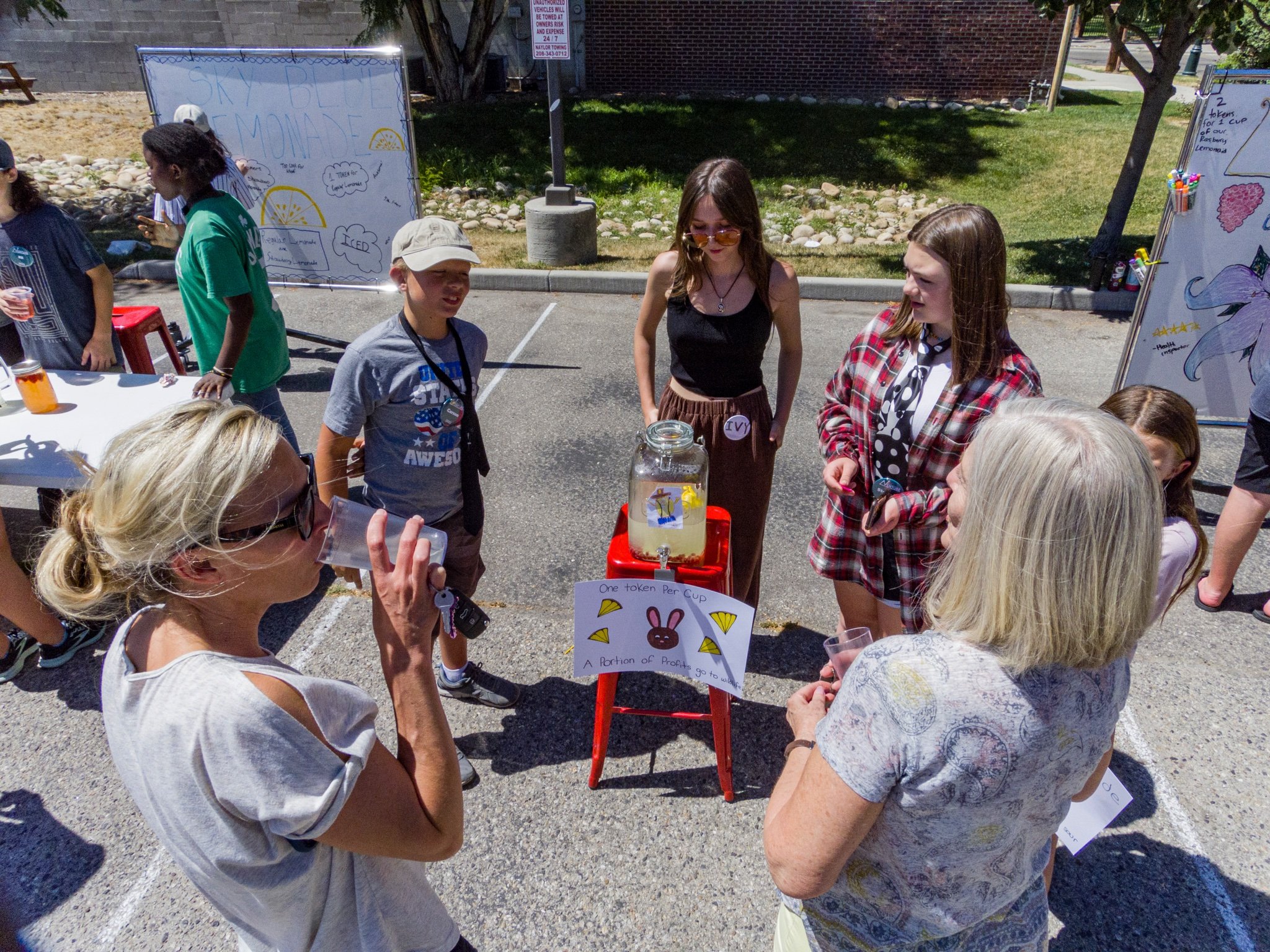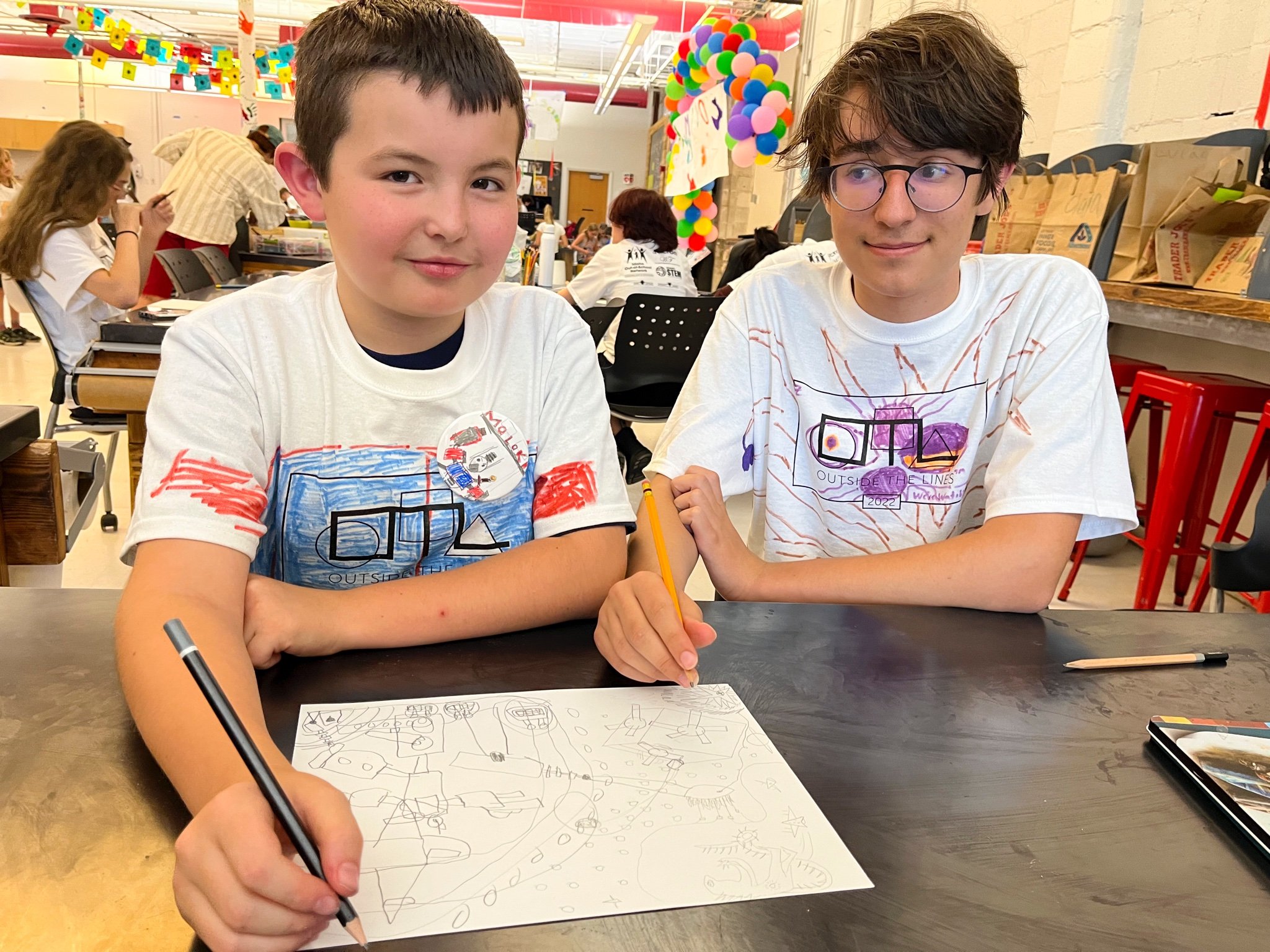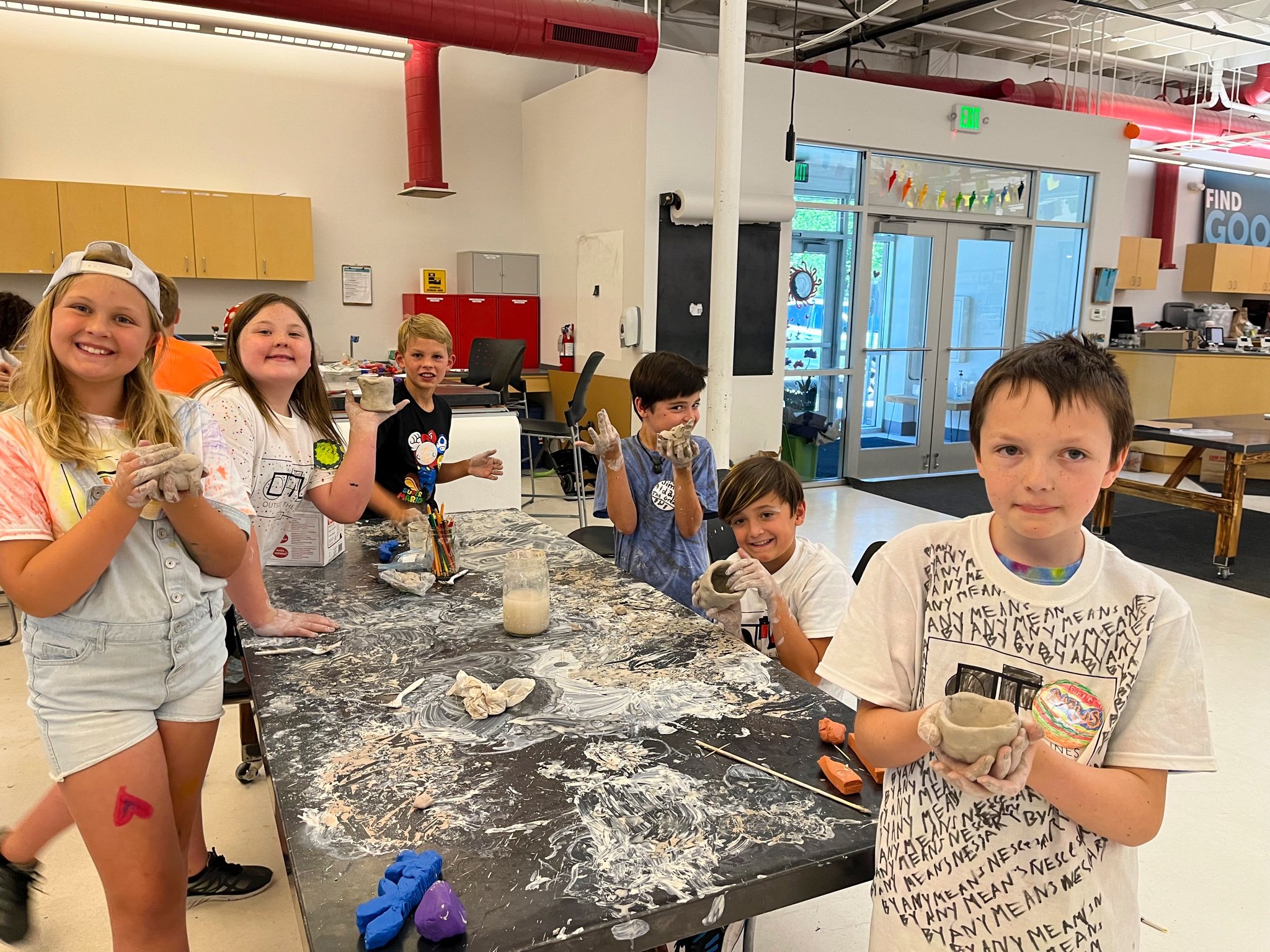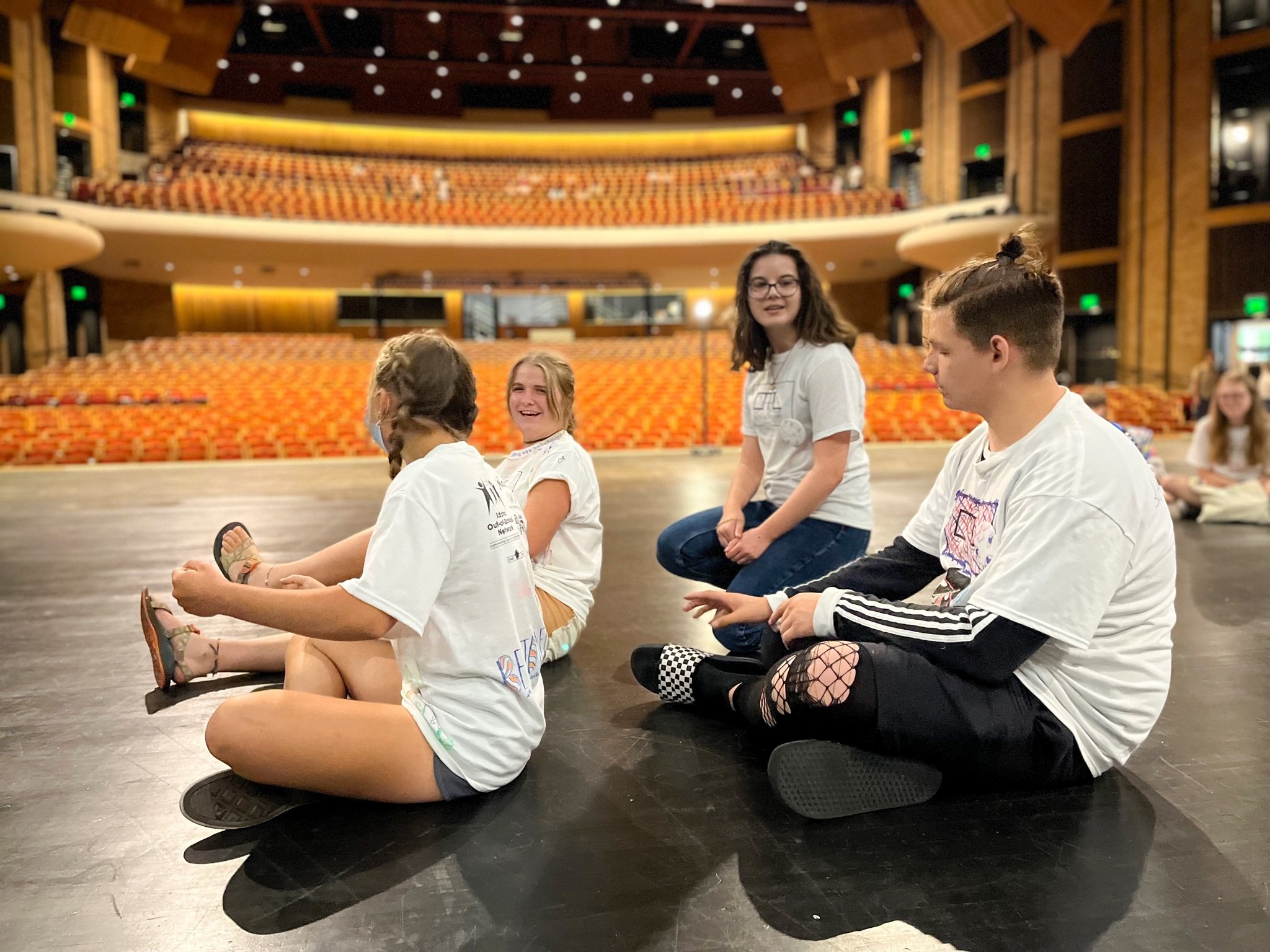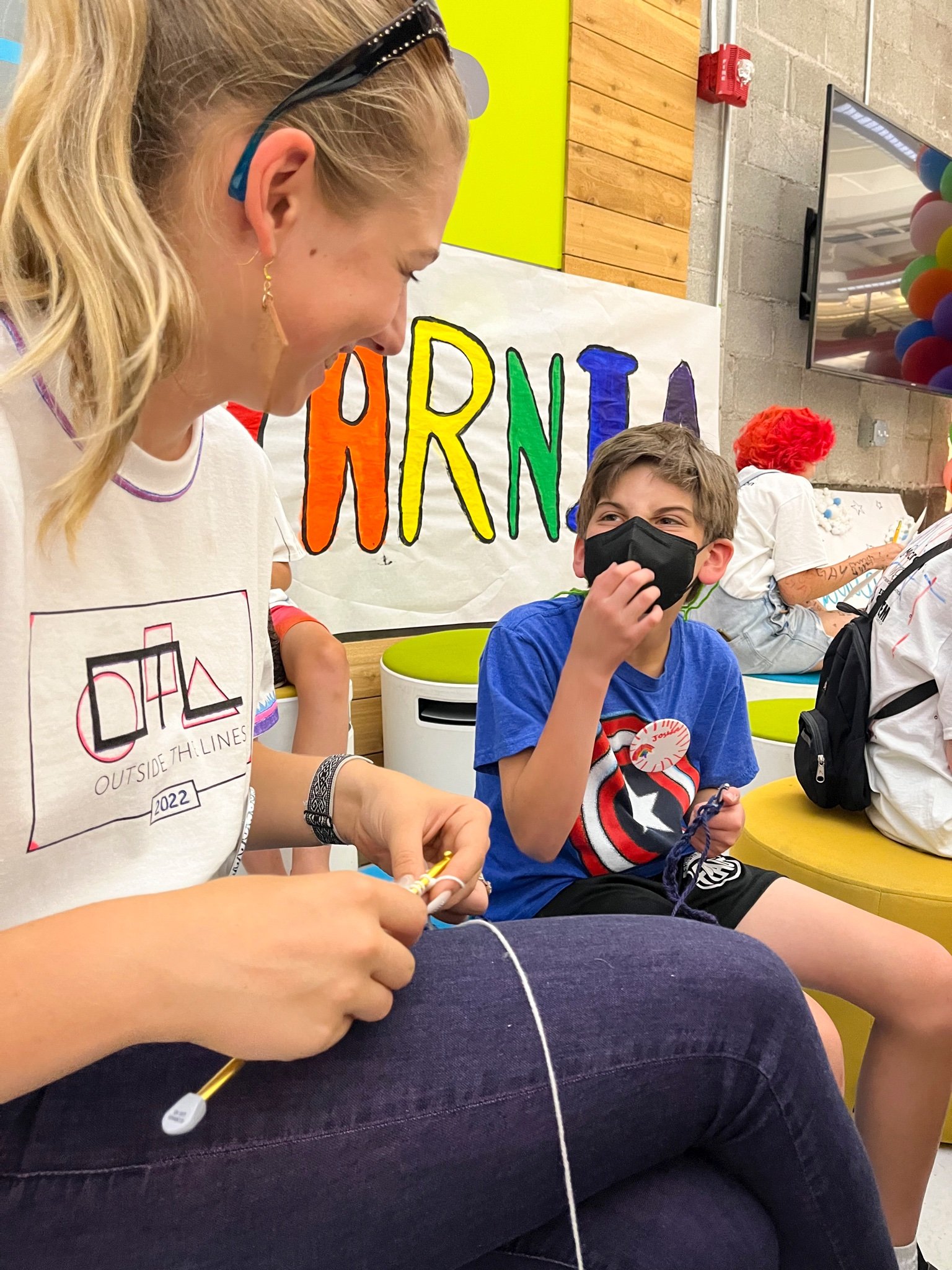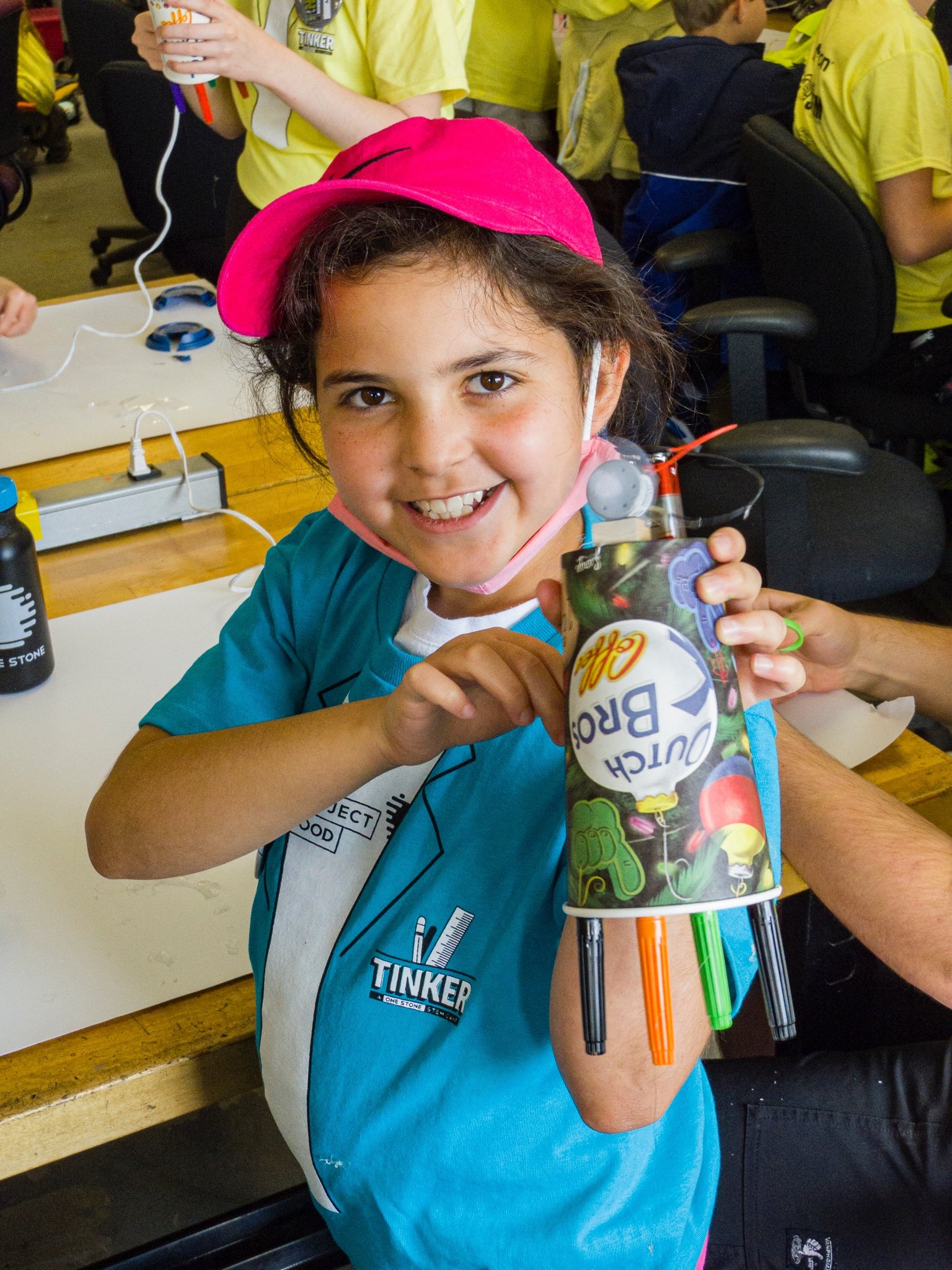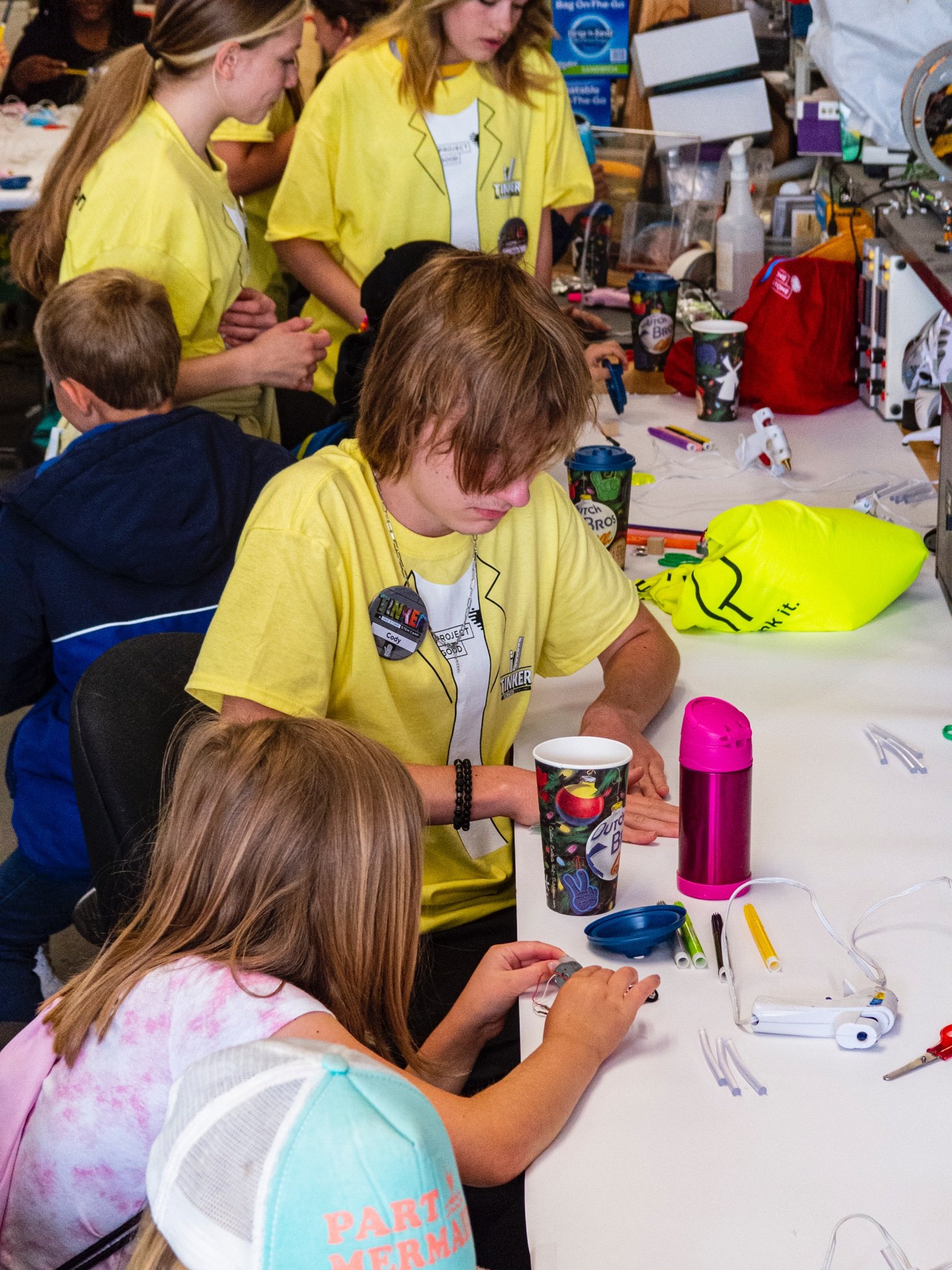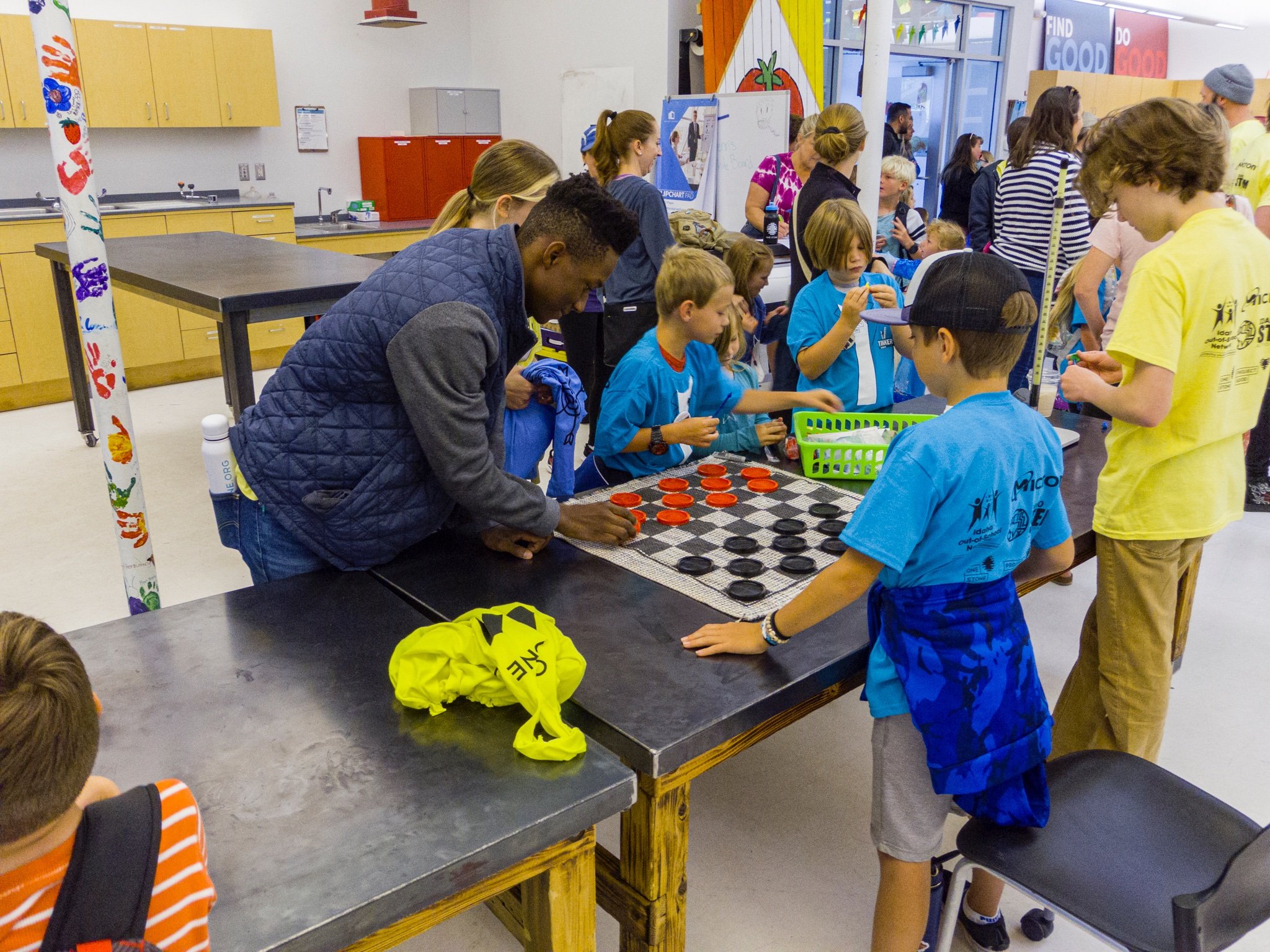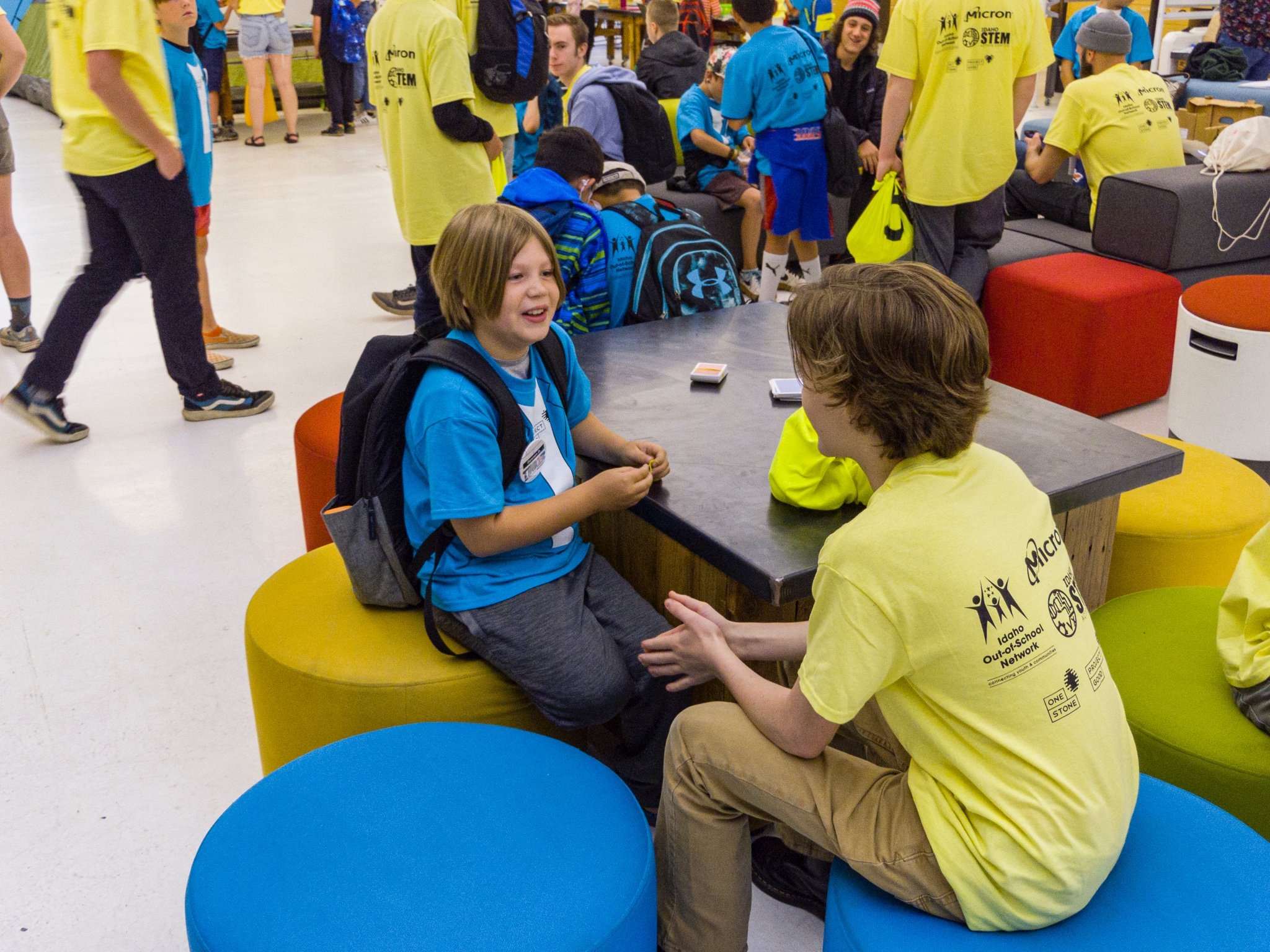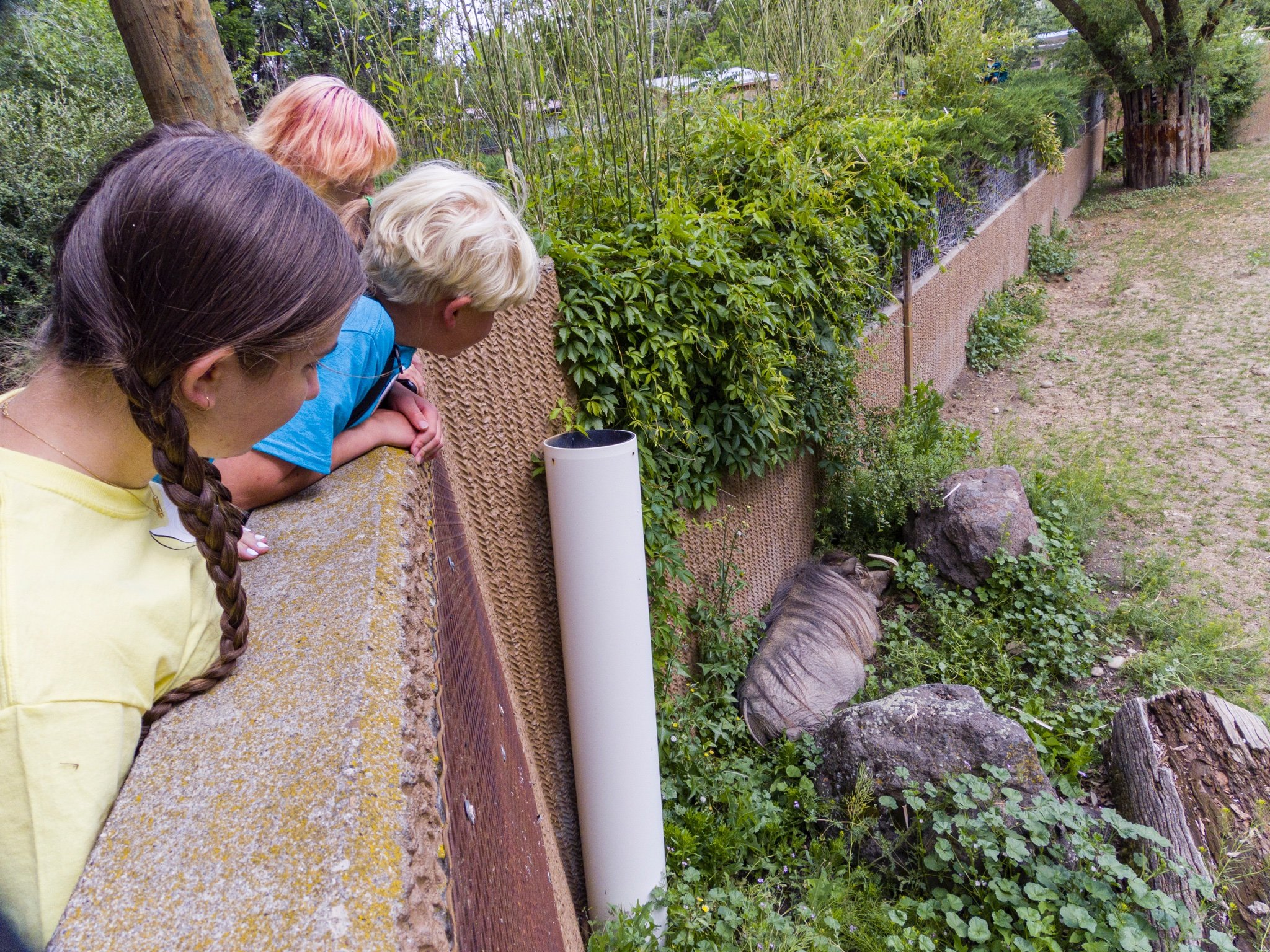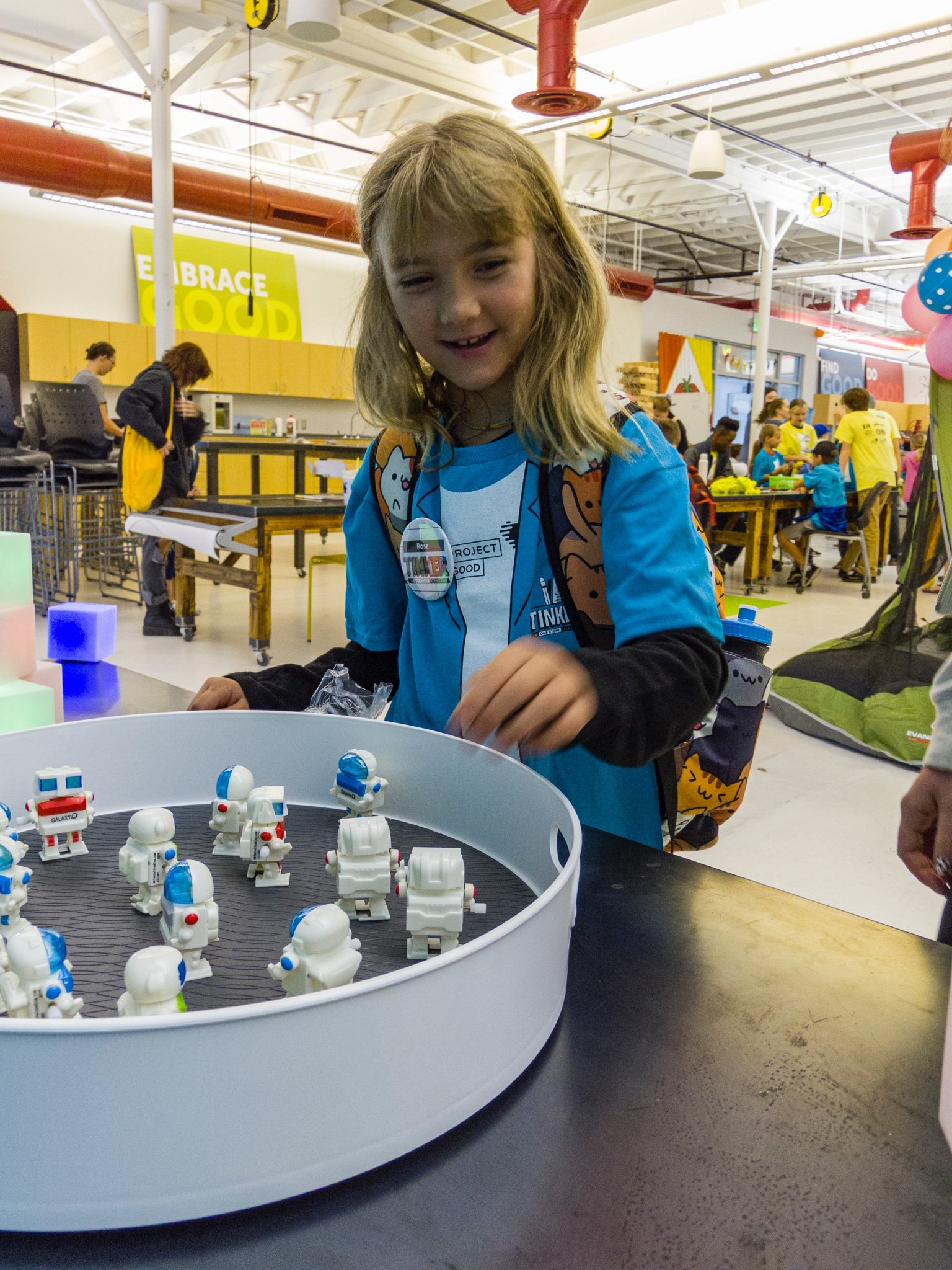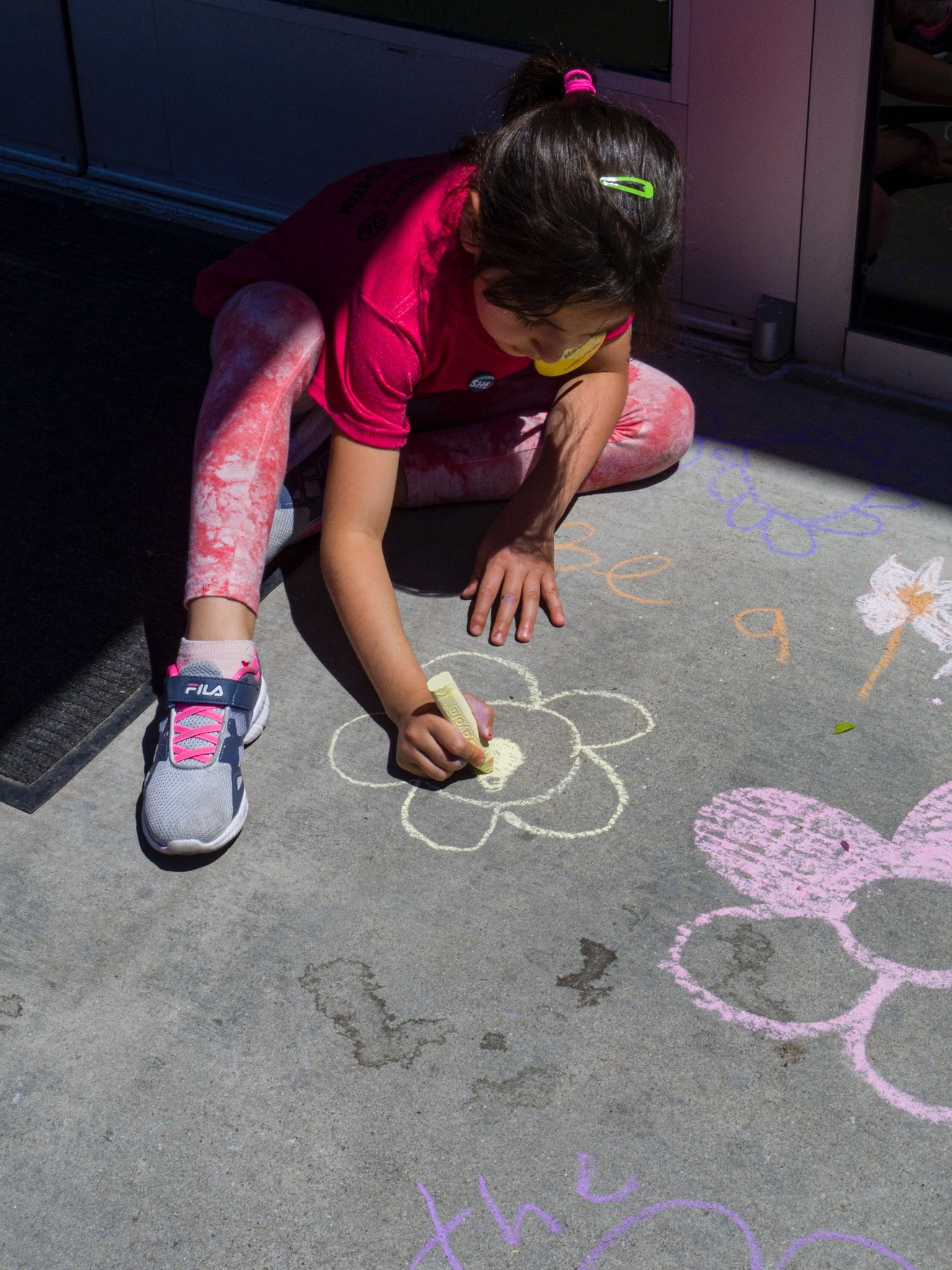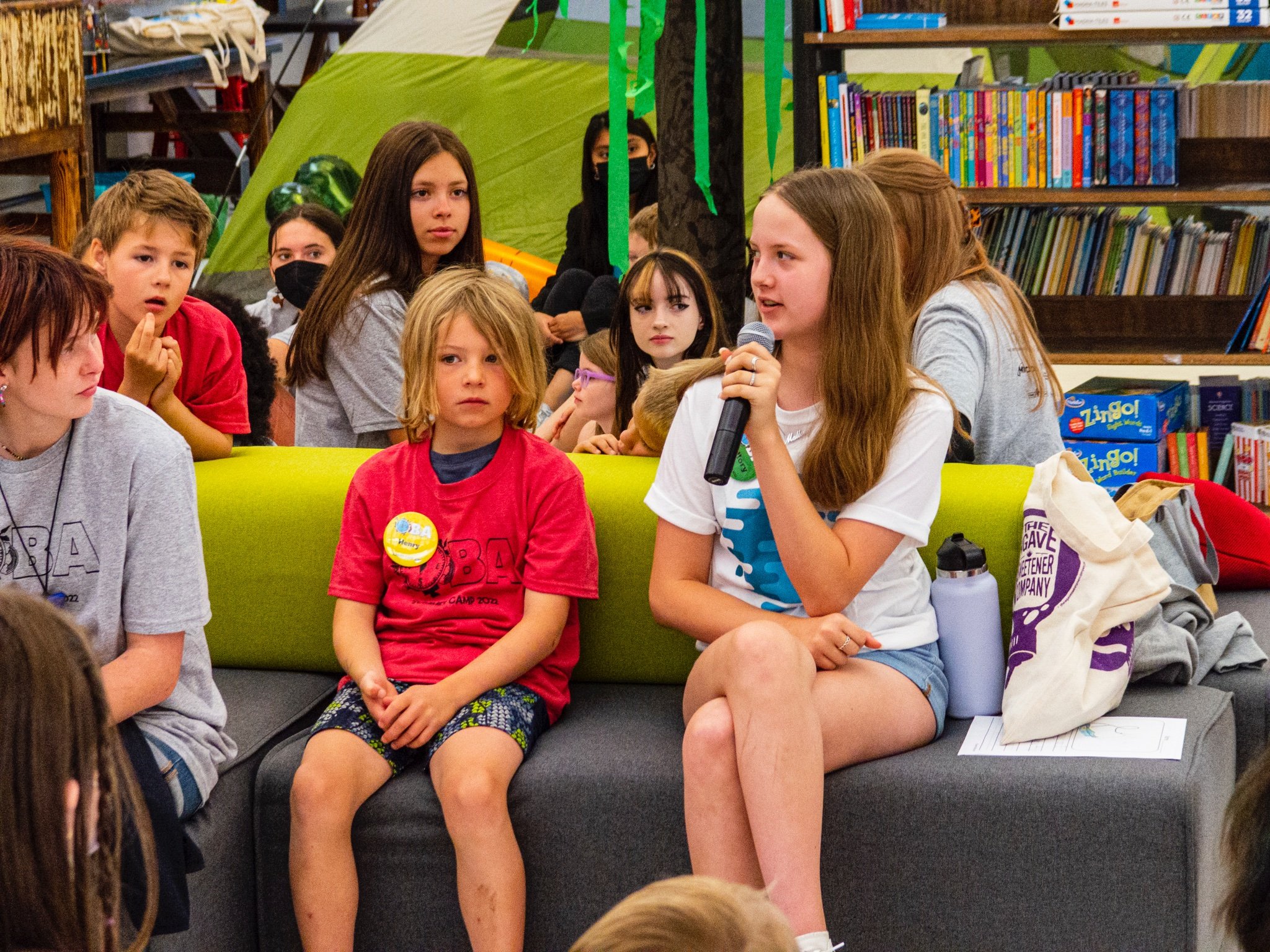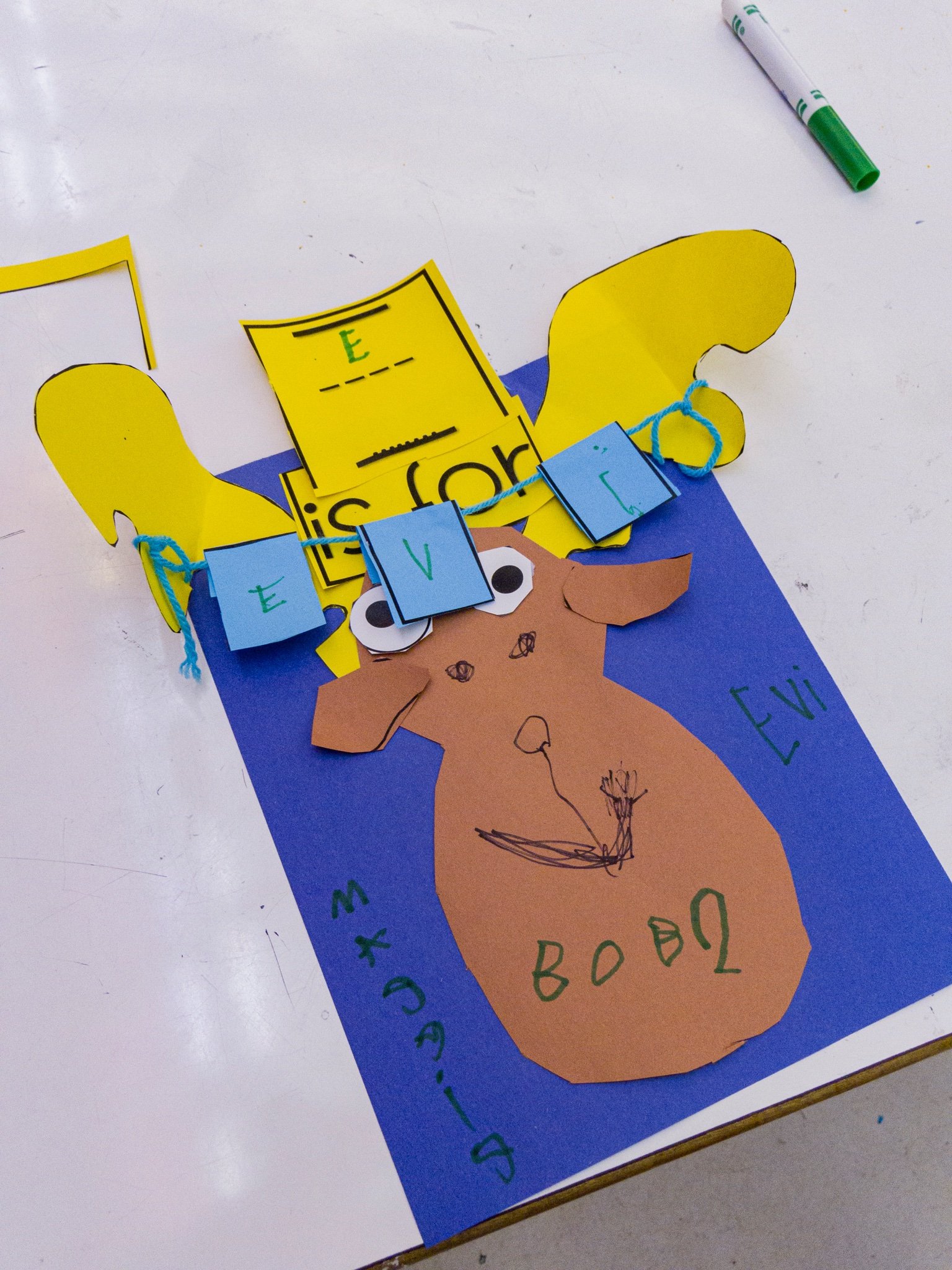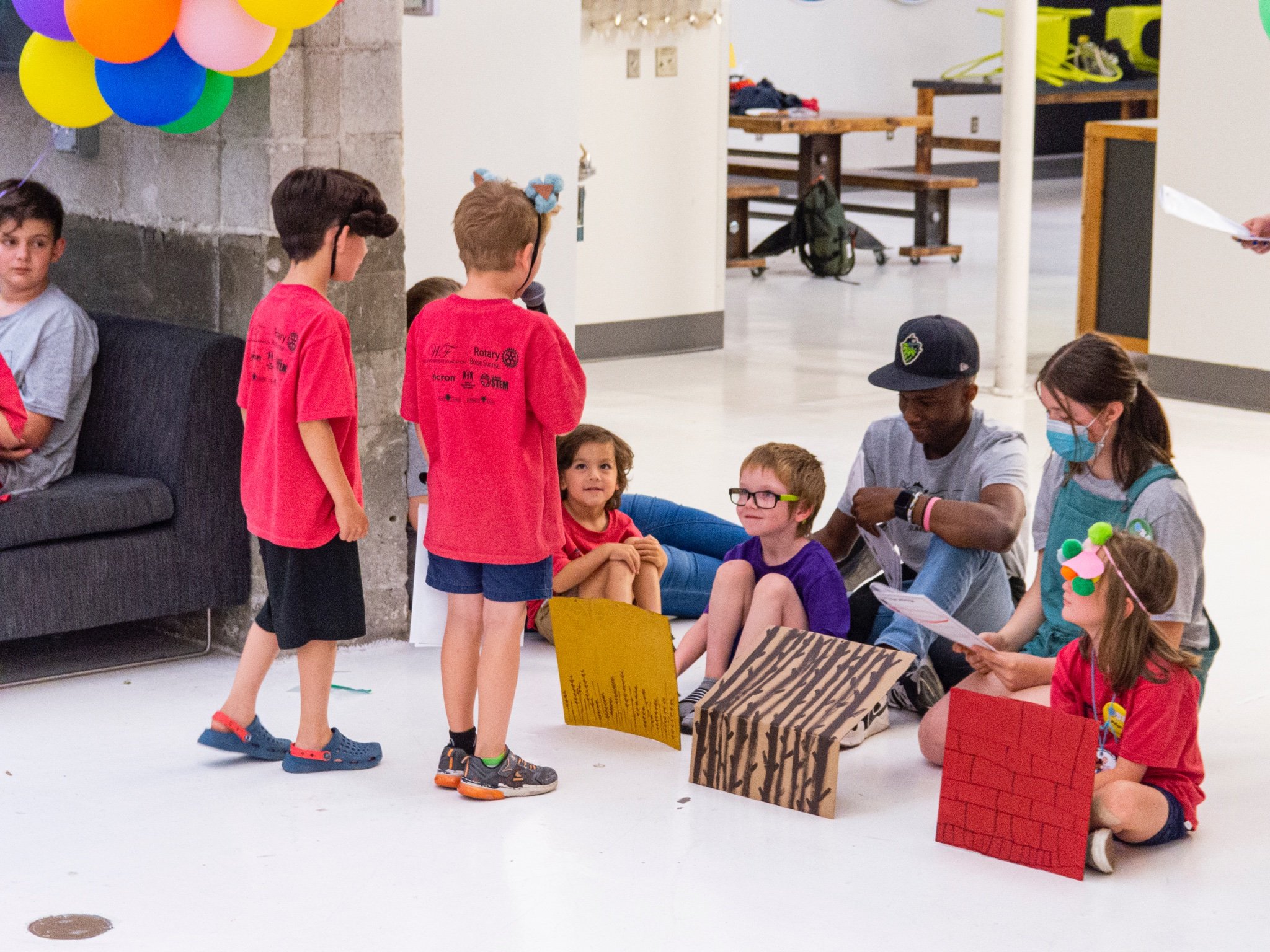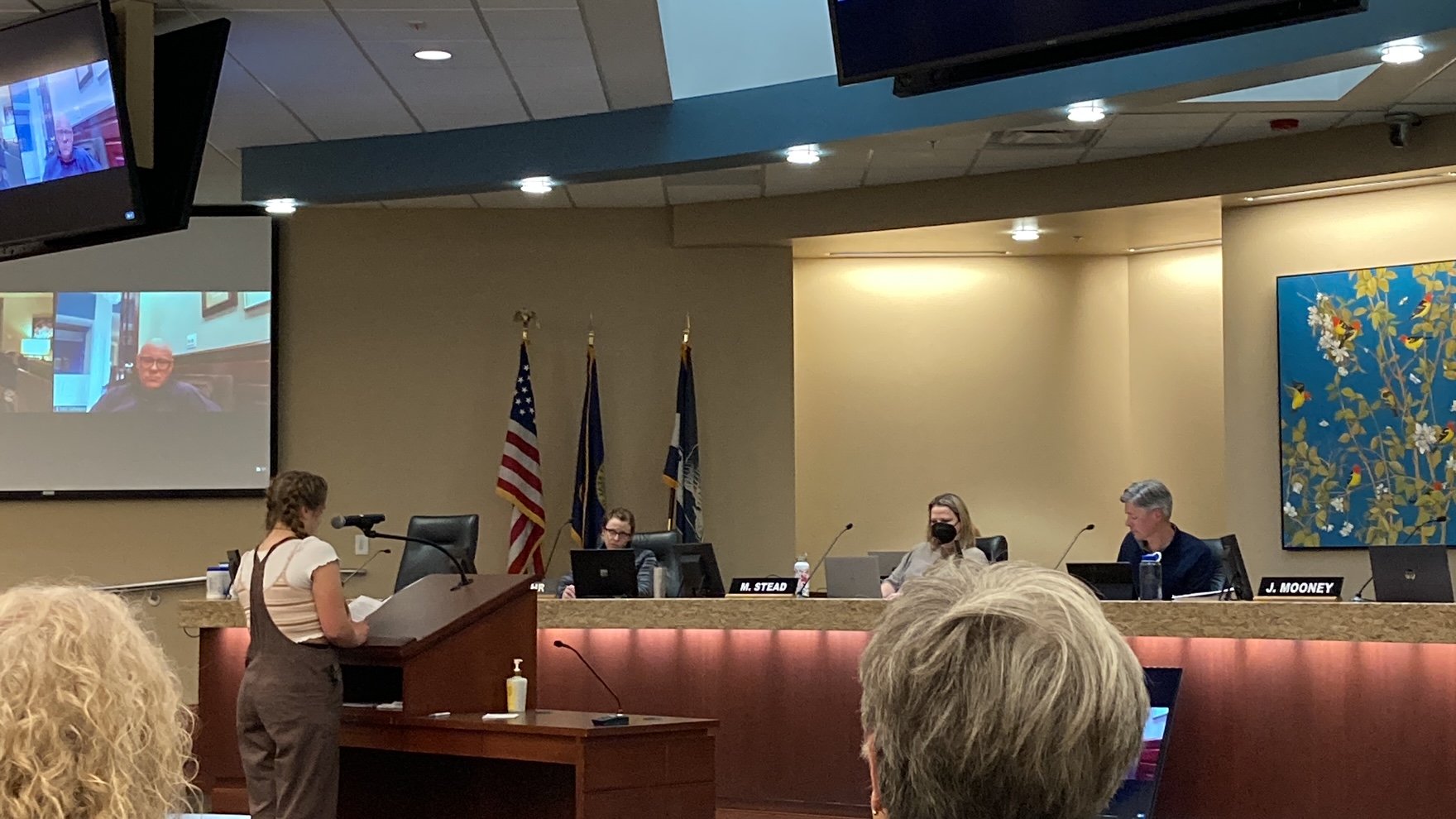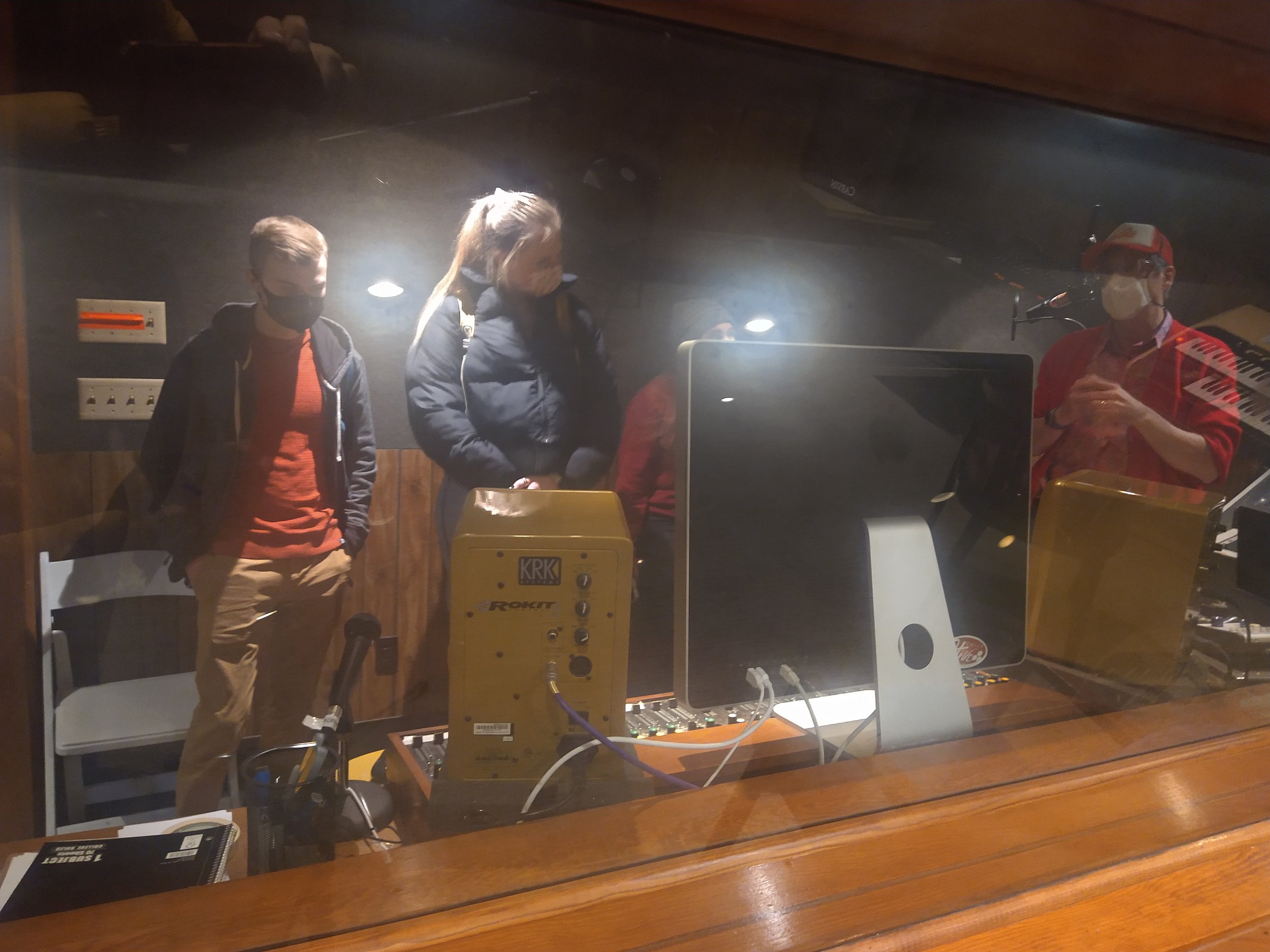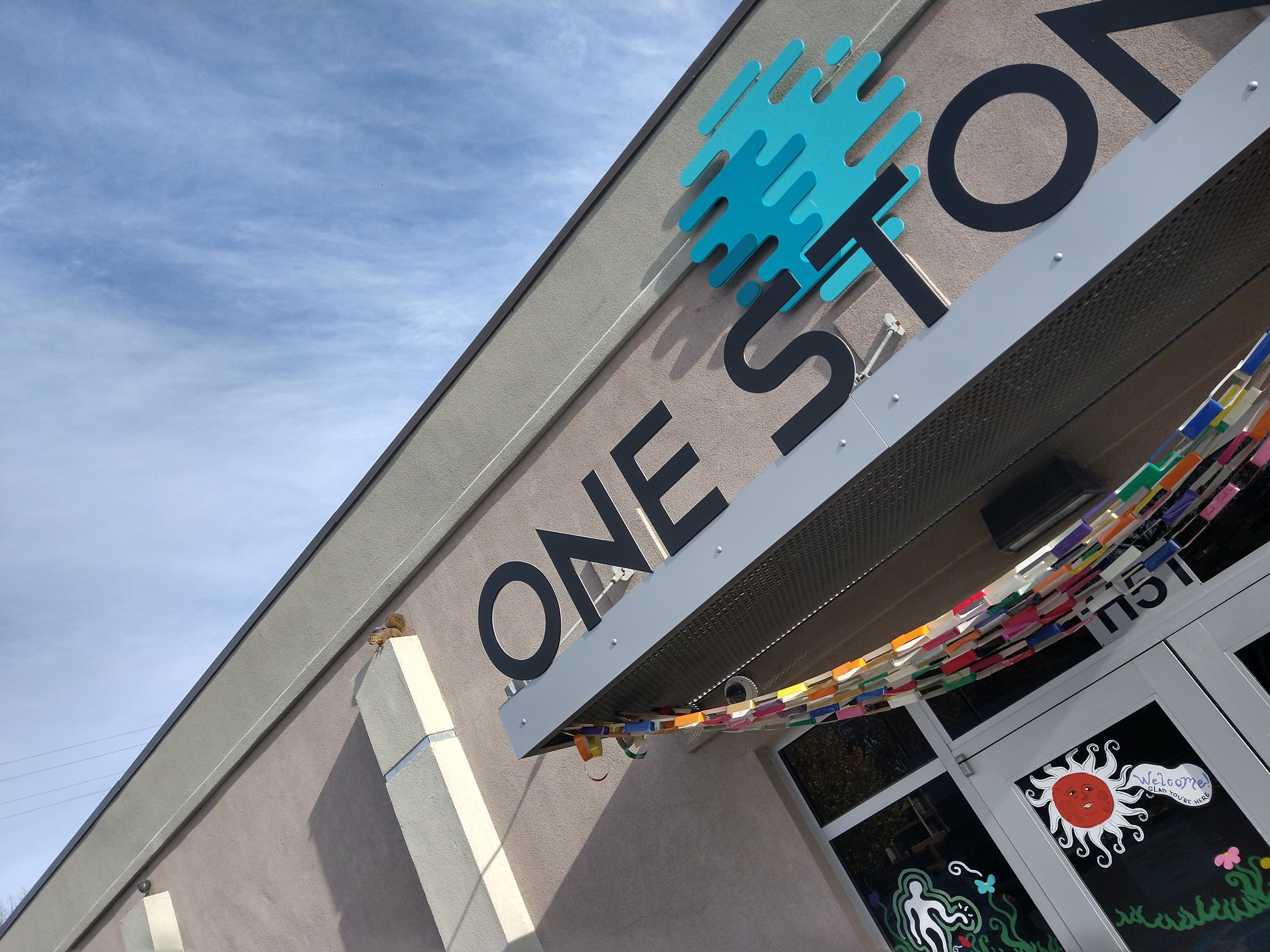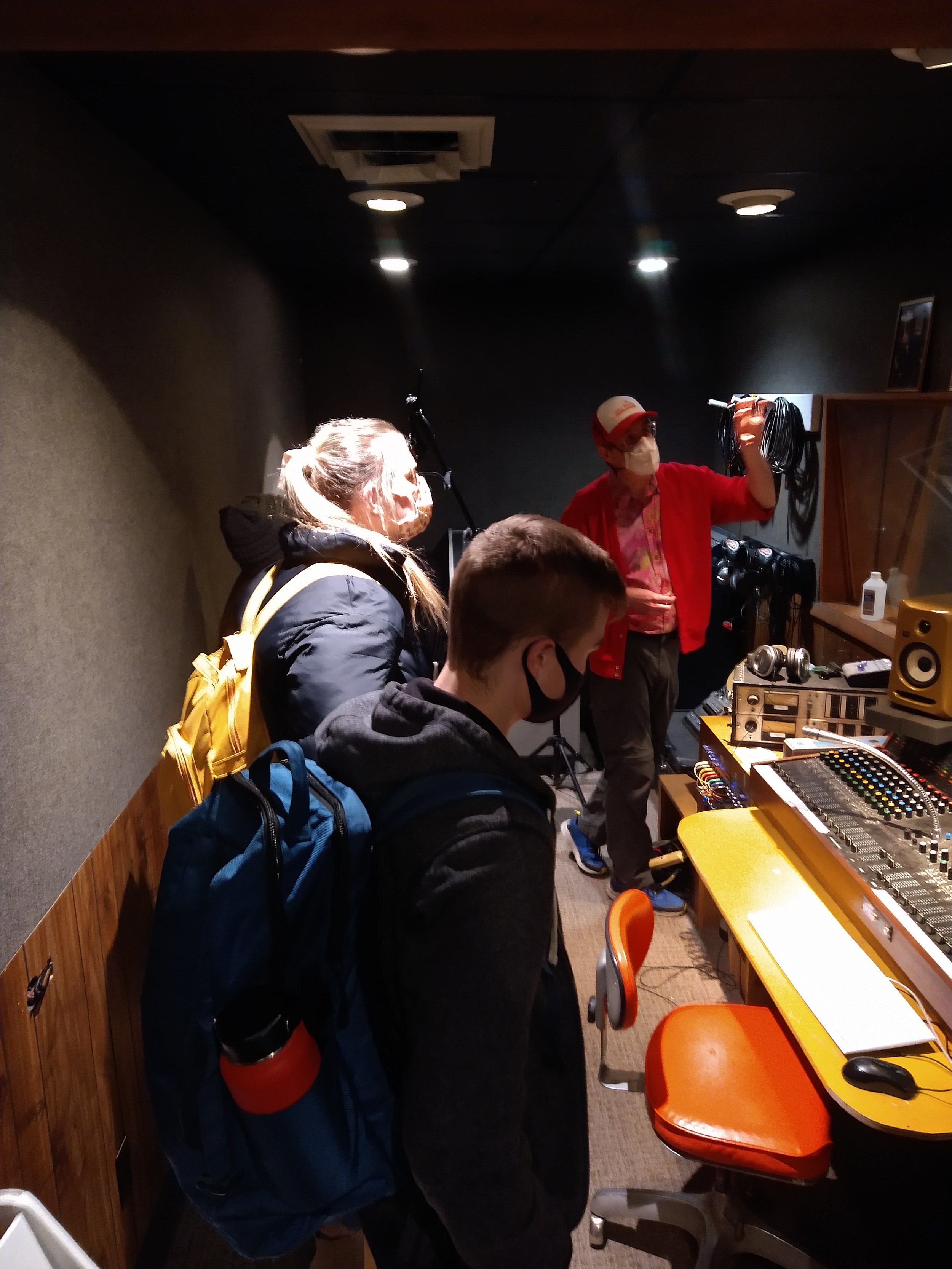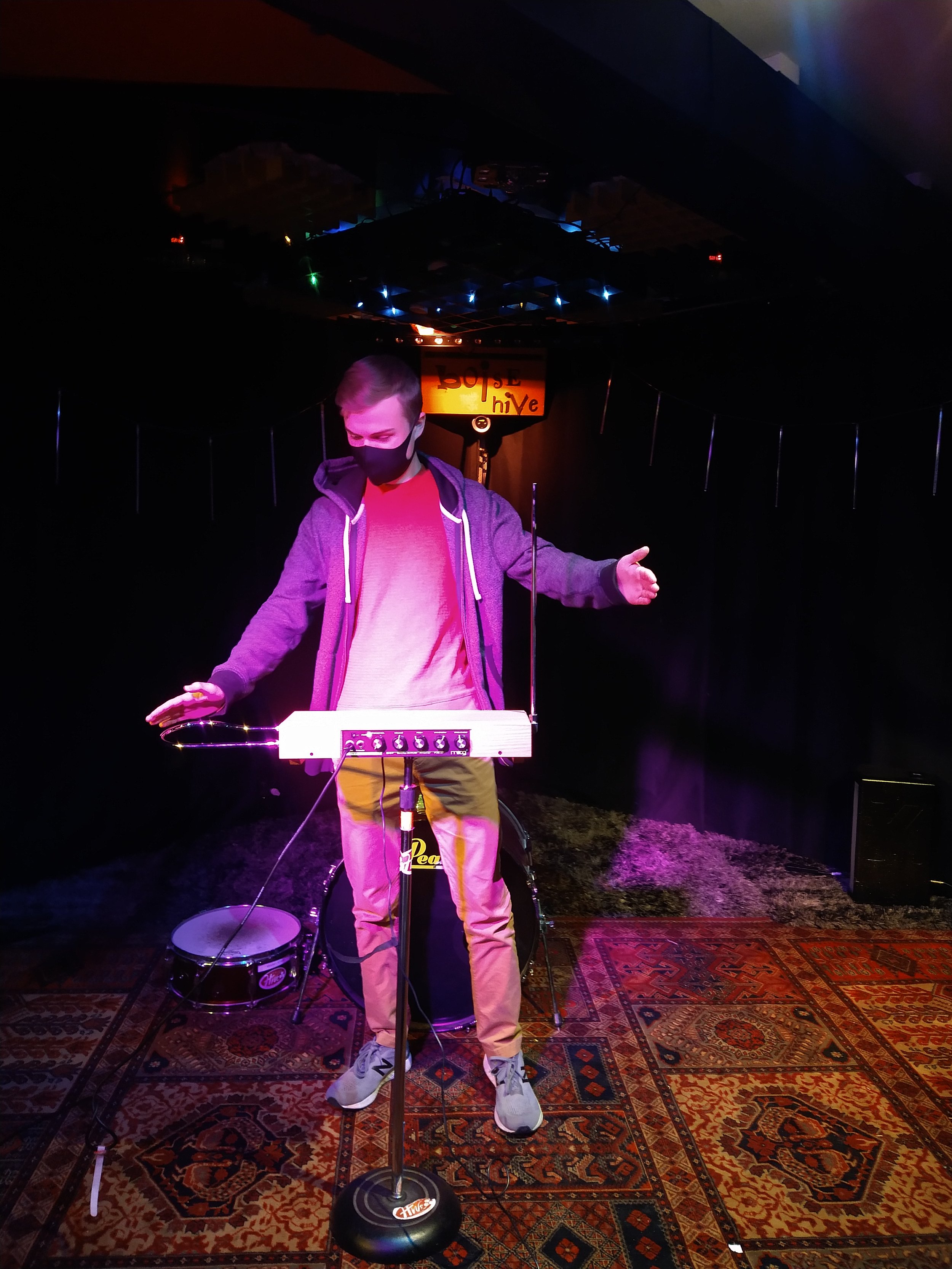How might we teach 7th and 8th grade students about business and entrepreneurship?
Venture Camp was a three day camp for 7th and 8th graders focused on learning what entrepreneurship is and teaching new skills to grow as an entrepreneur. This year, thirty campers and eighteen guides worked together and learned about entrepreneurship.
Over the course of the camp, participants were able to learn more about what it means to start a business by learning about the five P’s of marketing, values and segments, and problem statements. They were also able to apply this to the real world by splitting up into teams on their first day to create their own lemonade company. At the end of the day, teams competed in a Lemonade Derby to see who could sell the most lemonade to family and friends.
For the final two days, students formed new groups and created their own venture that they would pitch to their families on the last day of camp. Through using their knowledge gained about how to create a successful pitch, nine teams pitched their ideas to a group of “sharks”. Ideas ranged from a camping pillow that doubled as a water bottle filter, to bookmarks that turned off the lights after you had been reading for a certain amount of time.
Data:
-90% of parents said Venture Camp engaged their child’s curiosity.
-90 of parents said Venture camp supported their child’s development.
-100% of parents said they would recommend Venture Camp to a friend.
-89% of high school guides said they grew in grit from their time at Venture Camp.
-One high school guide shared the following, “I had a lot of incredible moments with my camper. He wants to return next year, and he feels more confident and assured of himself.”
-A young buddy said at Venture Camp that they were able to “really connect with all the people they worked with.”
Fast Fact Sheet
Year(s): Summer 2022
Focus: Entrepreneurship
Recipients: 7th and 8th graders
Number of recipients: 30
Number of One Stone members involved in planning/implementation: 4 staff , 18 guides
Number of weeks of planning: 4
How many hours it took to prepare for implementation: 10+
How many hours it took to implement: 18

